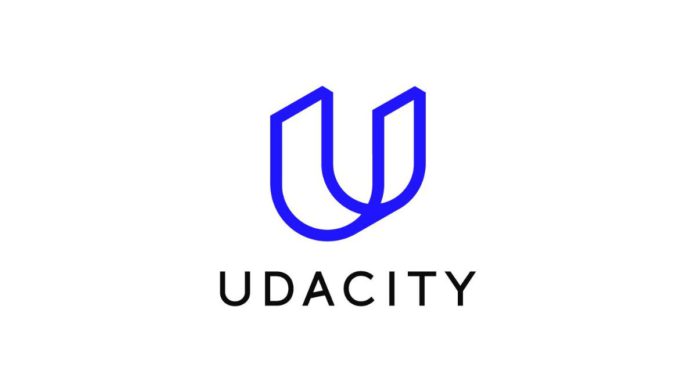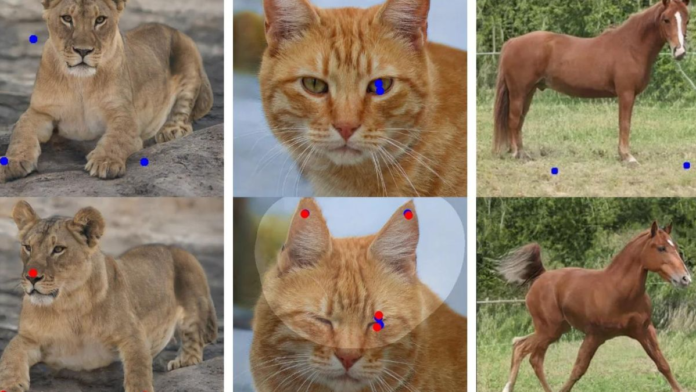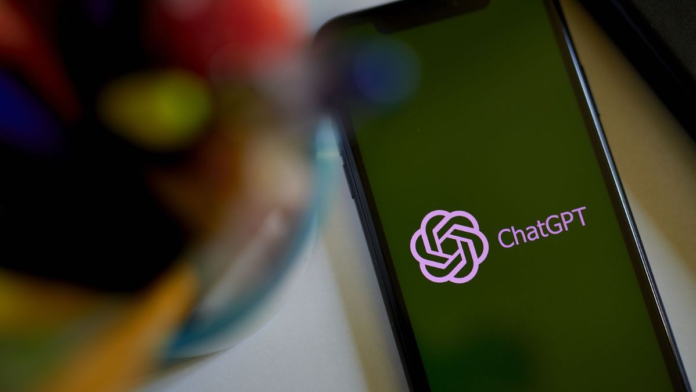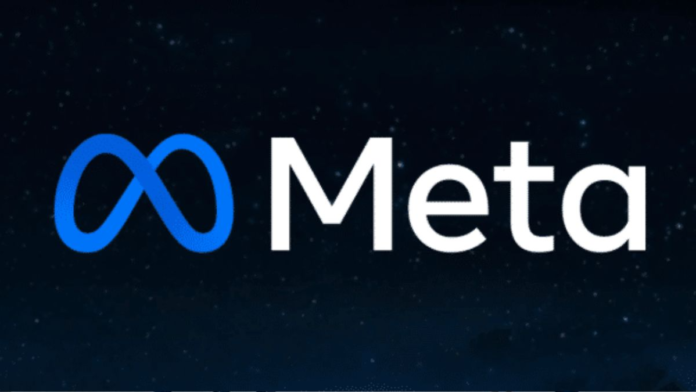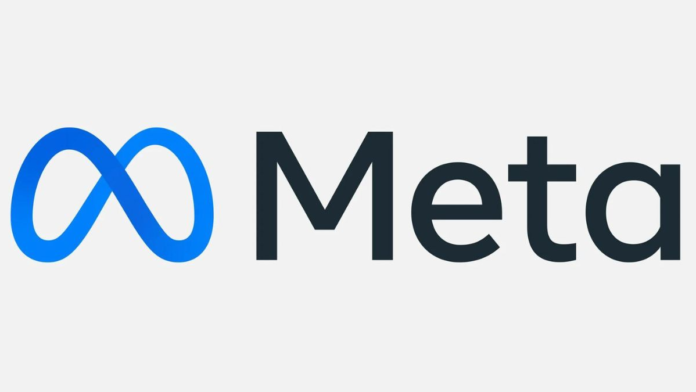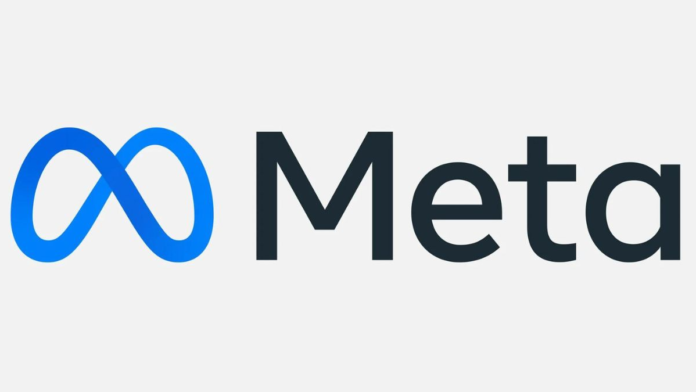Neeva, once hailed as a Google Search rival, made the decision to shut down its search engine on Saturday. The search engine was created by co-founders Vivek Raghunathan and Sridhar Ramaswamy, who also worked on making Google become a major player in the advertising industry.
While announcing the shutdown, Ramaswamy and Vivek Raghunathan stated in a blog post that getting users to try a new search engine in the first place was actually a less difficult problem than convincing them to pay for a better experience. They said that maintaining the business has been challenging due to the addition of new users and a different economic environment.
When Neeva was introduced during the pandemic, Google Search was viewed as a potential rival. Neeva was promoted as an ad-free, privacy-focused search engine by two former Google executives. The search engine was free to use for the first three months, but after that, users had to pay $4.95 per month to use it.
Read More: OpenAI Closes $300 Million Funding Round Between $27-$29 billion Valuation
After leaving Google, where he was in charge of the company’s ad division, Ramaswamy founded Neeva in 2019. He claimed that Google was overly preoccupied with sustaining growth at the time of the launch rather than user experience.
Due to the launch of OpenAI’s ChatGPT, the large language chatbot that captivated the public last year, Neeva is shutting down at a time when the core search engine business is upside down. According to the blog post, Neeva will utilize huge language models and generative AI scenarios in search moving ahead.
Over the coming weeks, Neeva.com and its consumer search offering will be shut down. The business announced that it will delete all user data and issue refunds to customers for any unused portions of their Neeva subscriptions.



